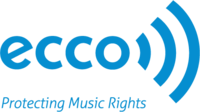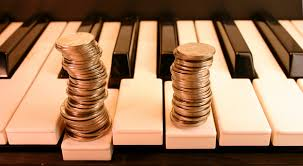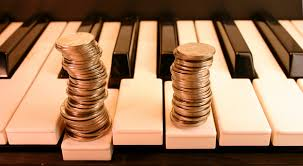It’s almost indescribable. The way music consumes us creatives. It’s our medium. Our passion. We’ve got this unshakeable feeling that this is what we’re meant to do. We’re at our happiest when we’re immersed in music pursuits; writing, creating, singing, playing, performing. It is our destiny. After all, as Fabienne Frederickson once said, “the things that you are passionate about are not random, they are your calling.” So it is for us music creatives.
The challenge for us then becomes this; how can we get to a point where we can devote ourselves fully to our calling? How can we live off of our passion? How can we get beyond the norm where we are essentially forced to pursue our art part-time in order to survive financially?
Well, for starters, author David Stopps in “How to Make a Living from Music”—a book presented by the World Intellectual Property Organization (WIPO) to assist music professionals build a successful career in music—says you must first gain an understanding of the streams of income available to you. Those incomes streams, he notes, will vary dependent on whether you are an author or a performer.
Authors are defined by Stopps as “songwriters, composers and arrangers. This includes those who write lyrics for songs and those who write both the music and the lyrics, as well as those who write, compose or arrange instrumental music.” Meanwhile Performers refer to “those who sing or play musical instruments or make any audible sound on a recording such as hand-clapping. This could be in front of an audience on stage or in the recording studio,” says Stopps.
Before delving into the various income streams available to authors and performs, Stopps says it is important to remember that there are two sets of rights in anything to do with music. Copyrights belong to the authors of the musical work and Related Rights or neighbouring belonging to the Performer, as well as the phonographic producer—the owner of the music sound recording. The distinction between these two sets of rights was examined in a previous ECCO blog.
Okay. So let’s review the main sources of income for music professionals.
Stopps provides the following as the main streams of income for Authors:
- “Income from public performances on radio, television, downloads and streaming online, live performances, concerts, bars, shops, hairdressing salons and any location where a work is played or heard in public;”
- “Income from mechanical licenses when recordings are distributed on physical sound carriers such as CDs, cassettes, vinyl and DVDs and are sold to the public. Mechanical licenses are licenses issued by authors and publishers to phonogram producers, allowing them to legally exploit recordings and audio-visual productions containing a work;”
- “Income from mechanical licenses when works are the subject of audio or audiovisual downloads, streaming via the Internet or as ring tones, ring-back tones or real tones;”
- “Income from synchronization licenses when the work is synchronized to visual images, video or film;”
- “Income from the sale of printed sheet music and scores or from online digital sheet music downloads;”
- “Income from home copying levies”
- “Income from public lending of sound carriers containing the work”
Meanwhile the following incomes streams for performers are presented by Stopps:
- “Income from fees for live performances in front of audiences at festivals, concert venues, clubs, public places and private events”
- “Income from royalties when a phonogram producer (record company or label) sells a fixed performance (recording) to the public on a physical sound carrier such as vinyl, cassettes or CDs;”
- “Income from royalties when a phonogram producer sells a digital recording via the Internet as a download, by streaming or as a mobile phone ring tone, real tone or ring-back tone;”
- “Income from public performances when a recording is played on the radio, on television, or in public (such as in an arena, a discothèque, club, juke box, factory, shop, hairdressing salon etc.);”
- “Income from ‘master re-use’ when a recording is synchronized to visual images, video or film;”
- “Income from home copying levies;”
- “Income from sponsorship and branding;”
- “Income from public lending of sound carriers.”
As we vie to make a living from our music, Stopps says it is absolutely important that authors, performers and artist managers make sure they earn revenue from all income streams available.
Of important note however is the fact that because of varying rights, laws and regulations in certain jurisdictions and territories, entitlement to some of the income streams presented may not be applicable within the Eastern Caribbean, for example home copying levies. A perusal of your territories’ copyright act will help you gain a better understanding of which rights are pertinent in your country. However considering the global reach and use of our music, it’s equally important to understand how you may be able to benefit from these increase steams in other territories to maximize your revenue.
So here’s the million-dollar question: How many of these income streams are you currently earning from? If not all, what are you doing to position yourself and your music to earn from them? Food for thought right.











